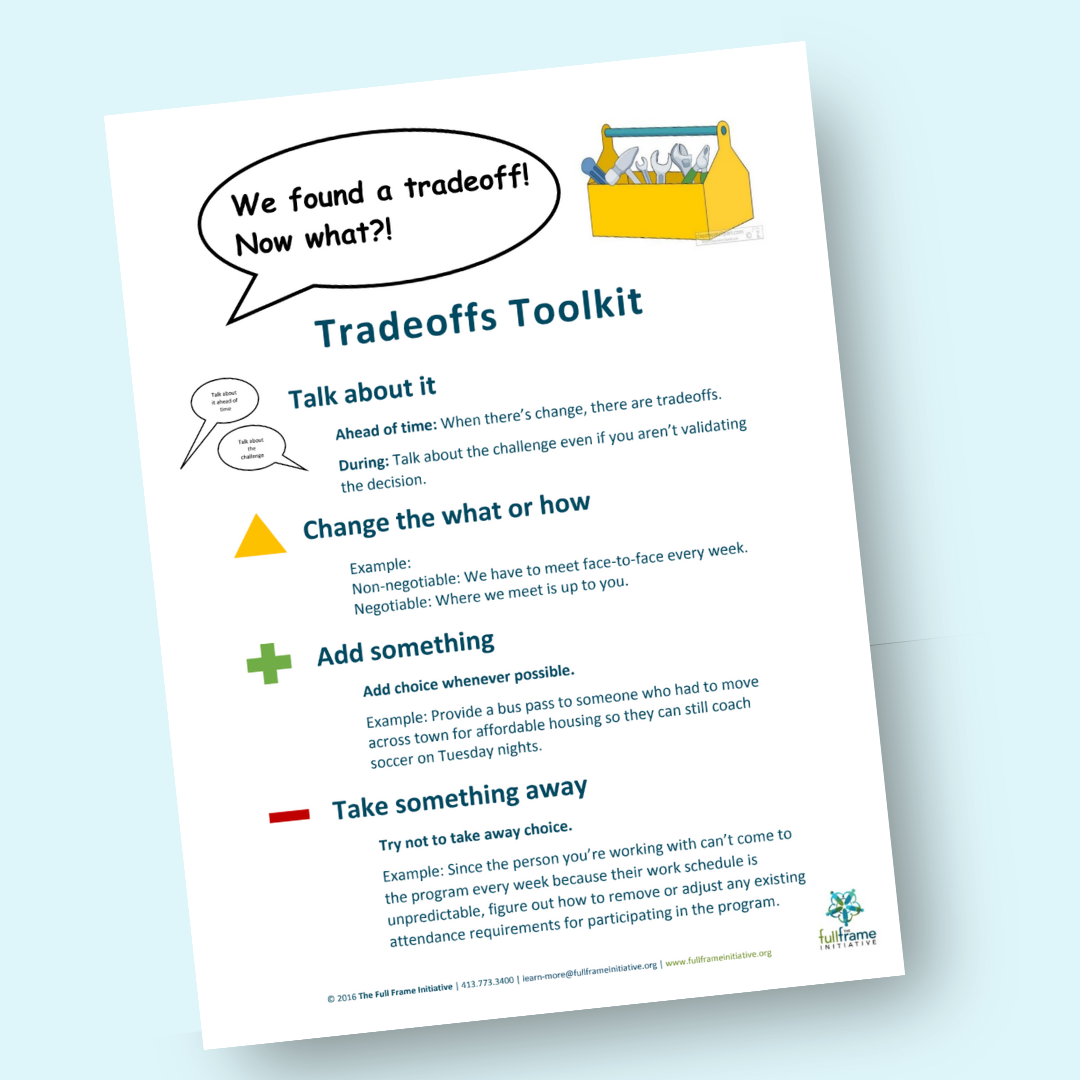
Change always involves tradeoffs, whether that change is desired or not.
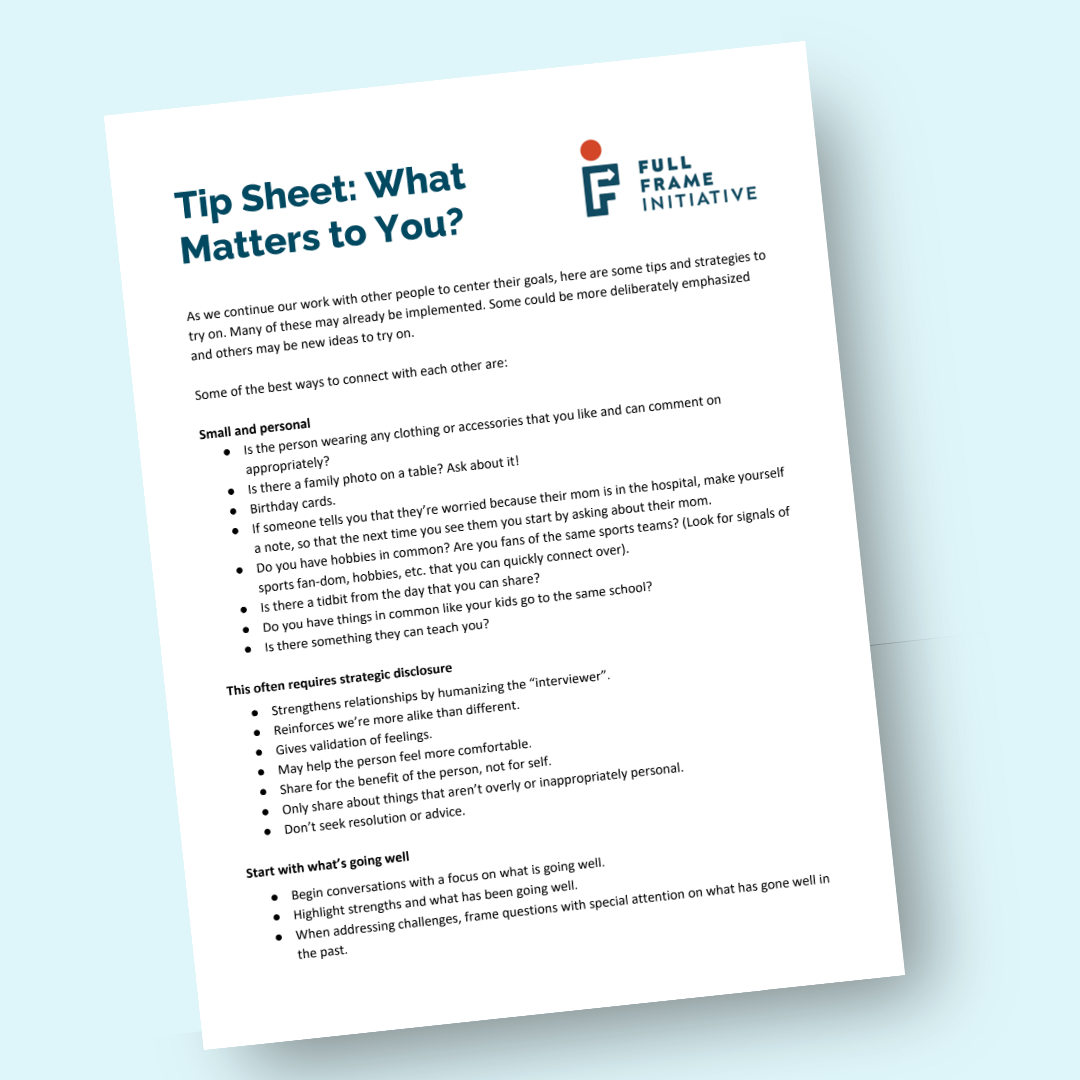
When we engage people to better understand their drivers for wellbeing, it is important to create rapport.
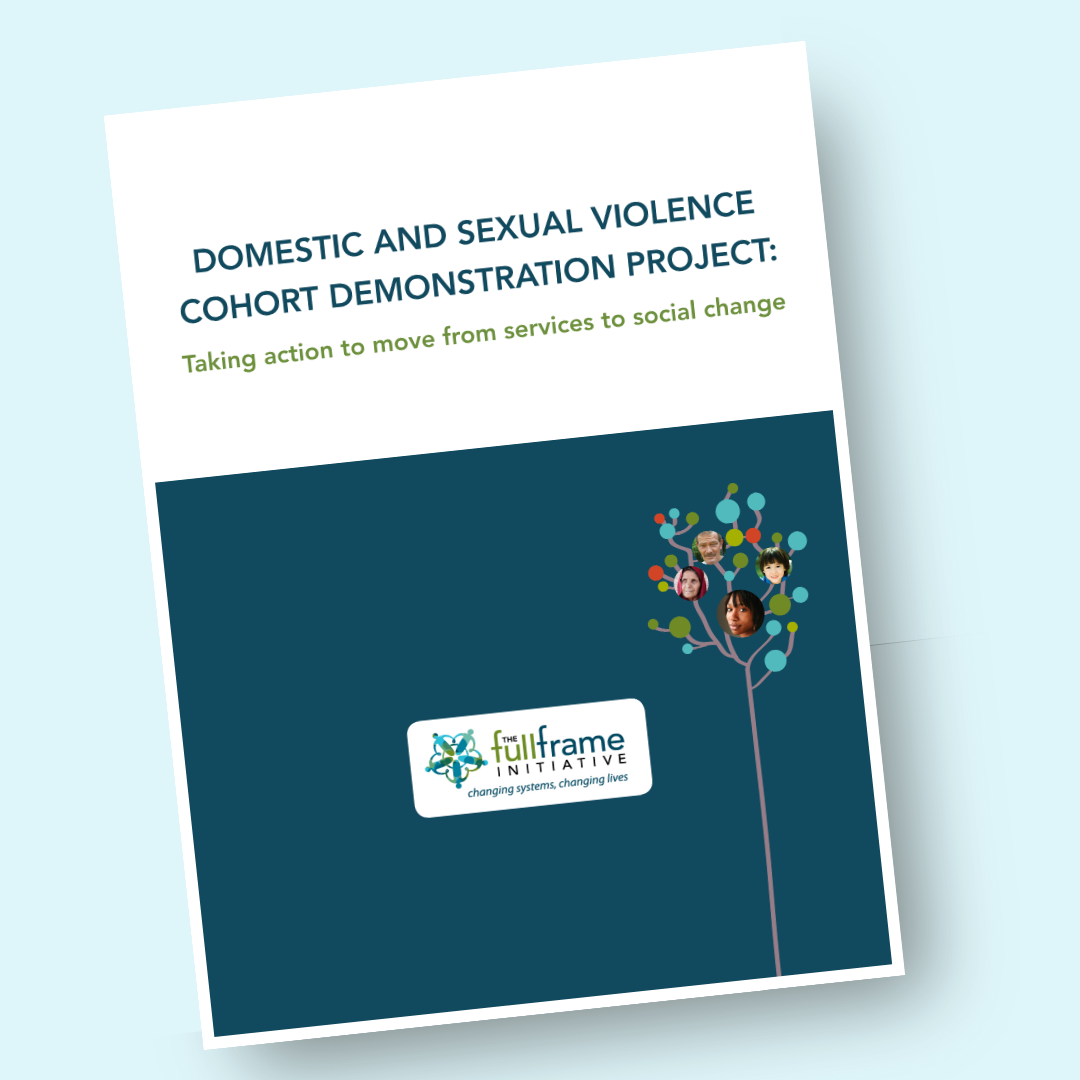
FFI convened a cohort of domestic and sexual violence programs and the group reported on their experiences and recommendations for shifting the field.
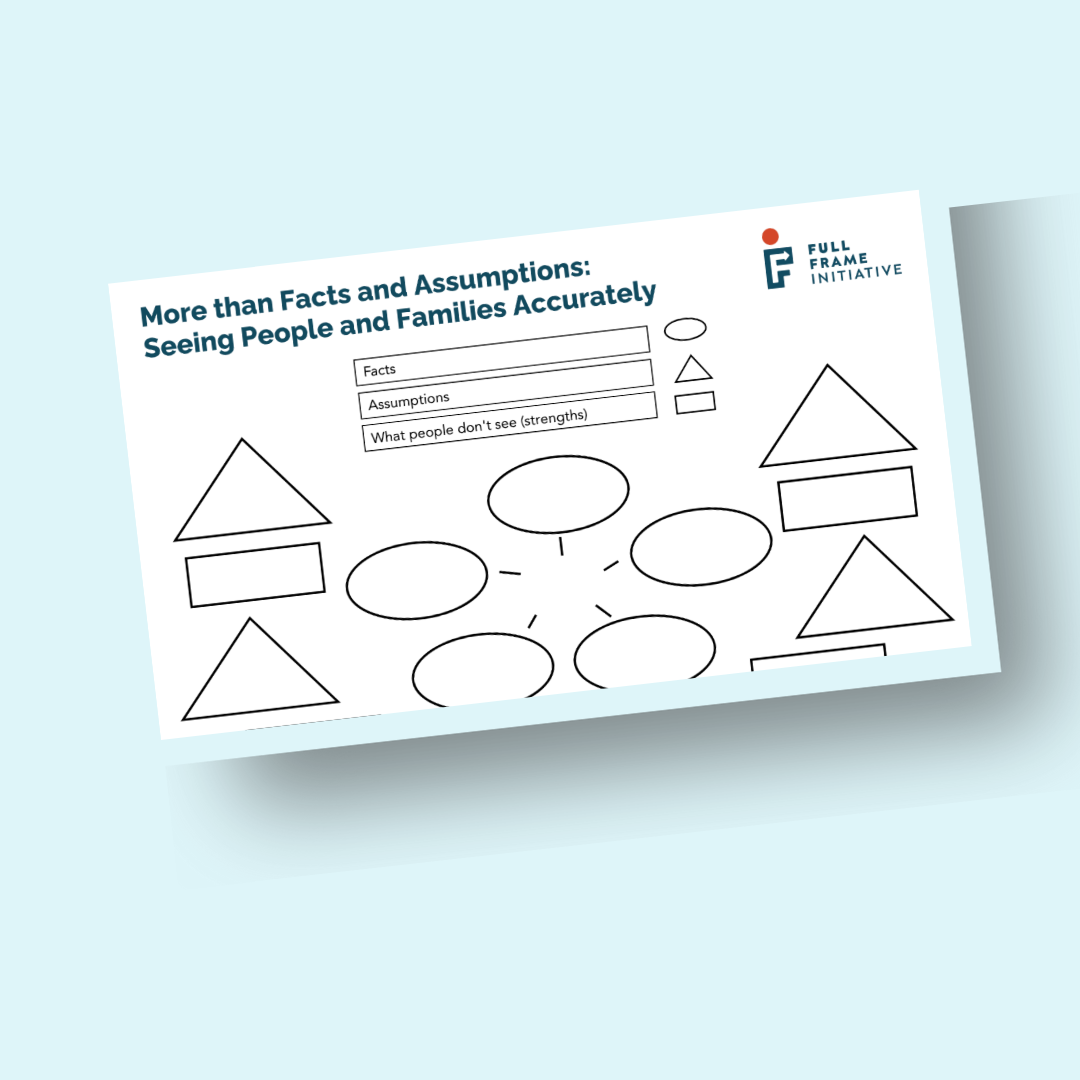
This exercise and facilitator guide can help you outline facts and assumptions we make about someone.
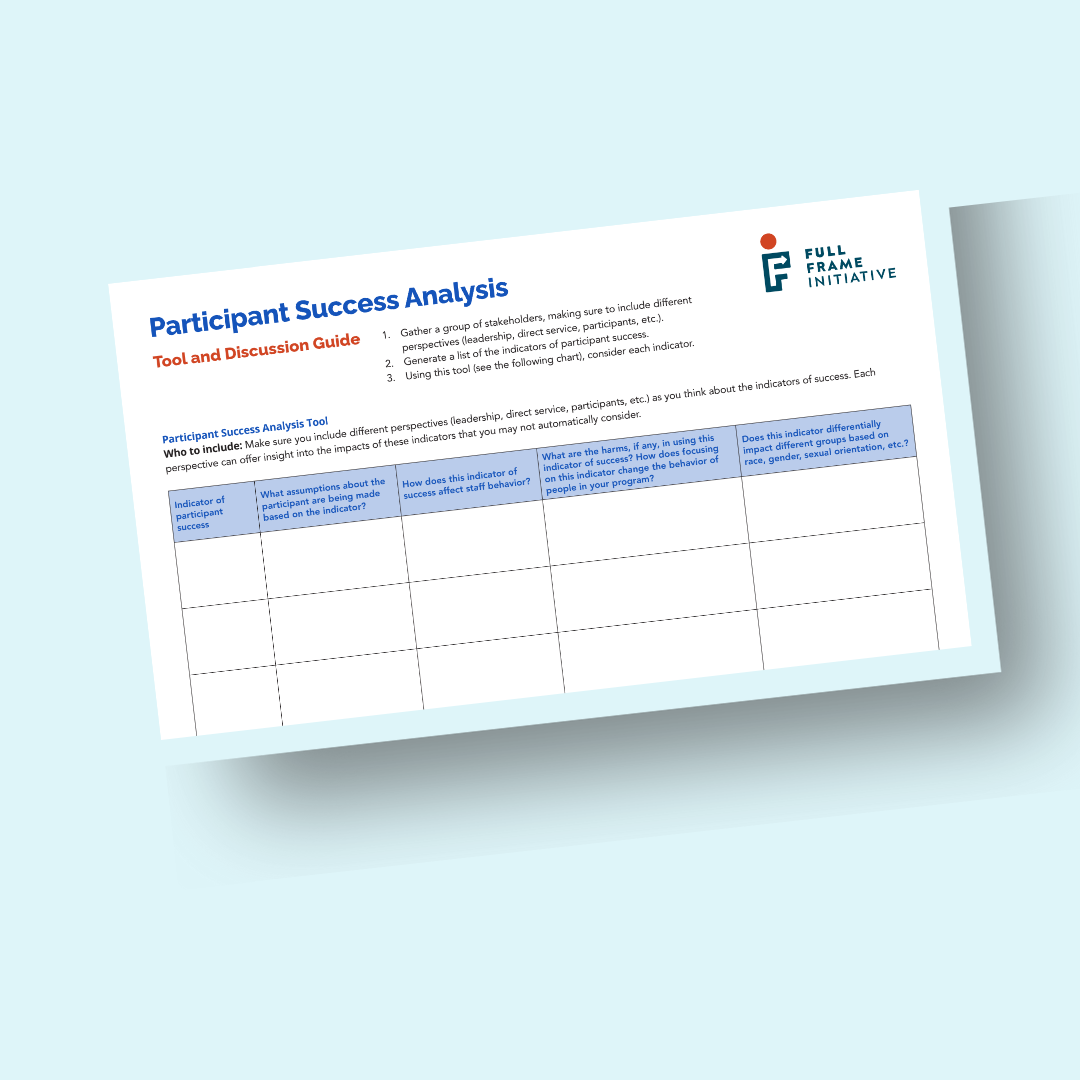
This tool provides a list of questions to consider when analyzing data and indicators of success for program participants.
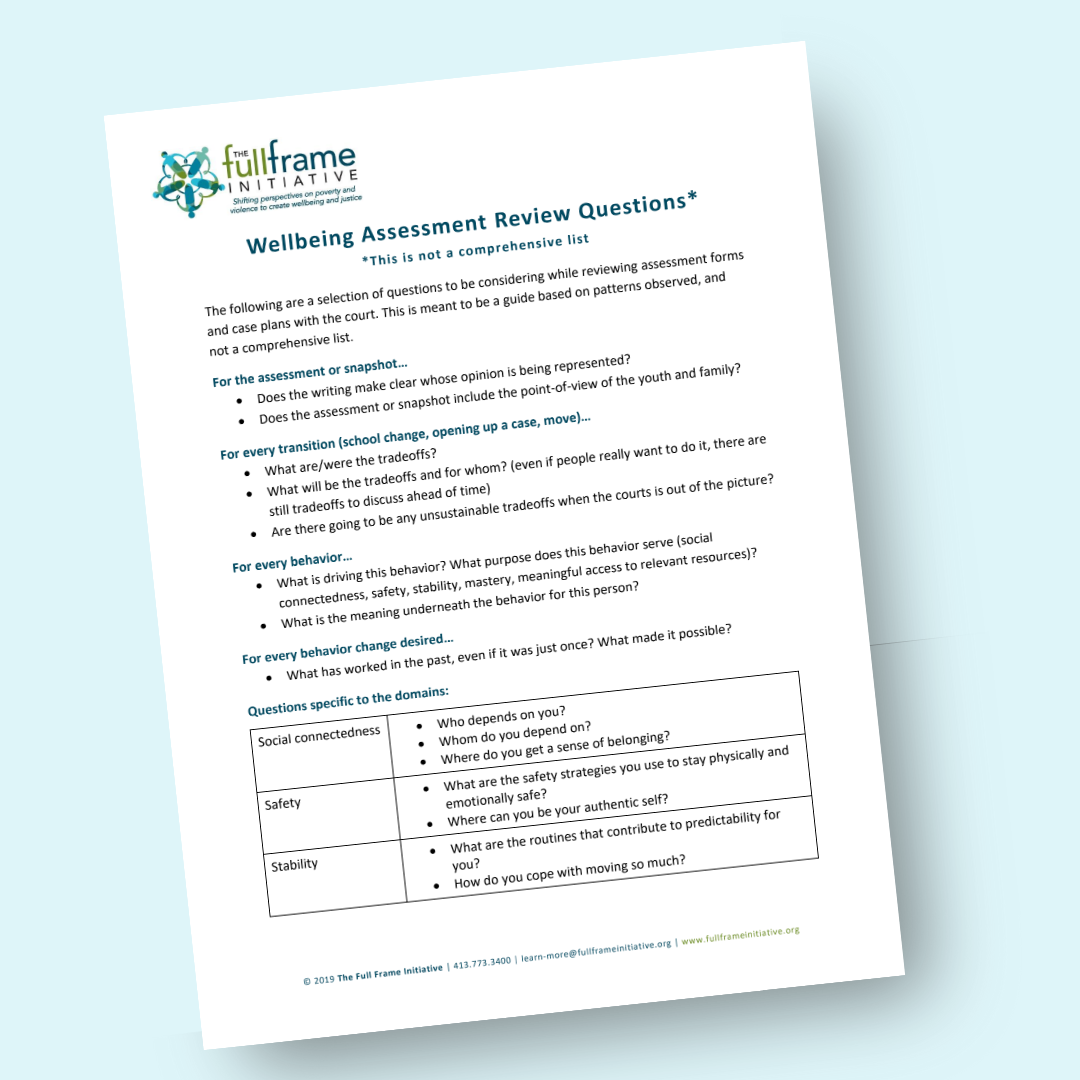
When supervisors review paperwork, here's how to reinforce a wellbeing framework.
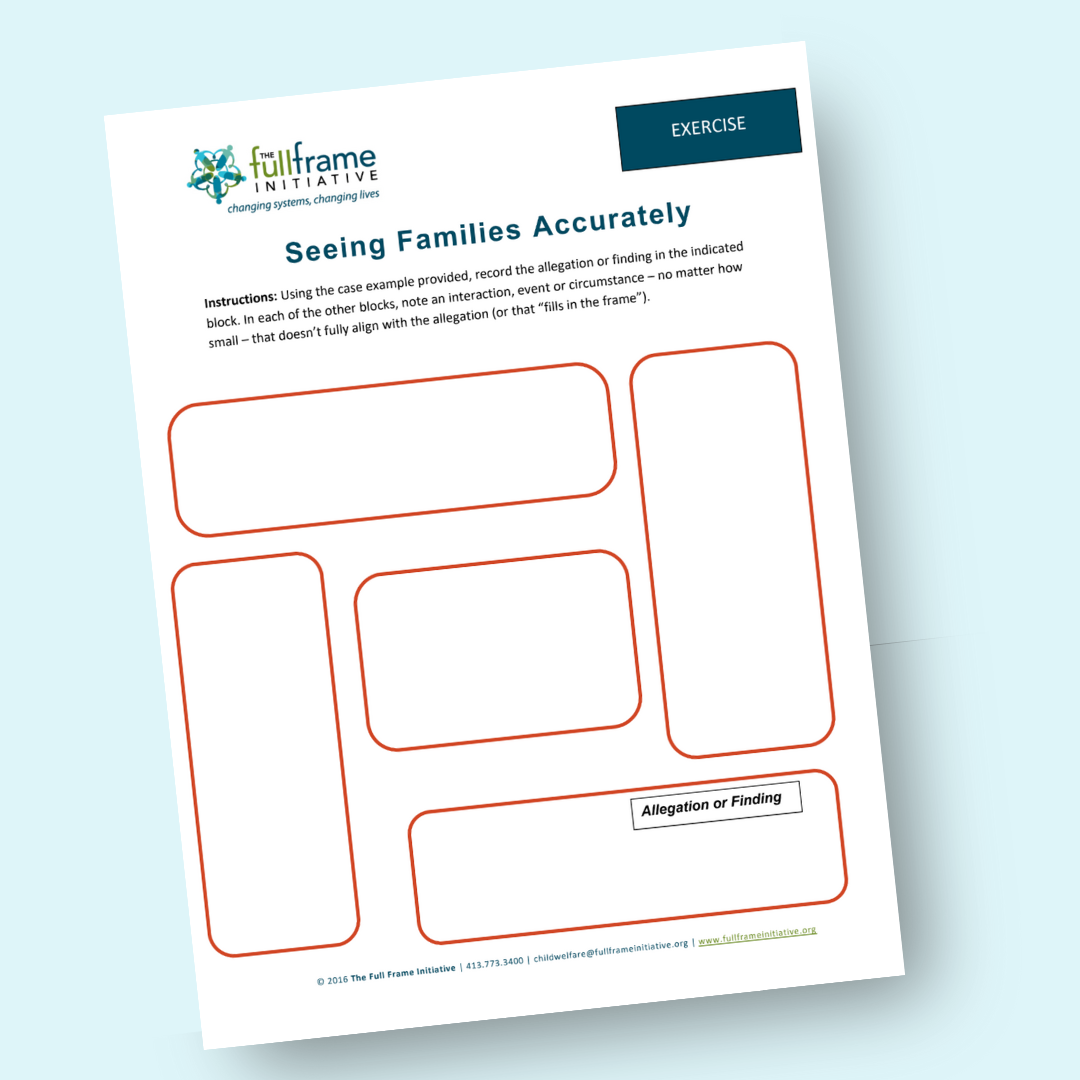
This tool and exercise help disrupt instinctive but inaccurate assumptions, supporting more accurate and empathetic perceptions of people and families.
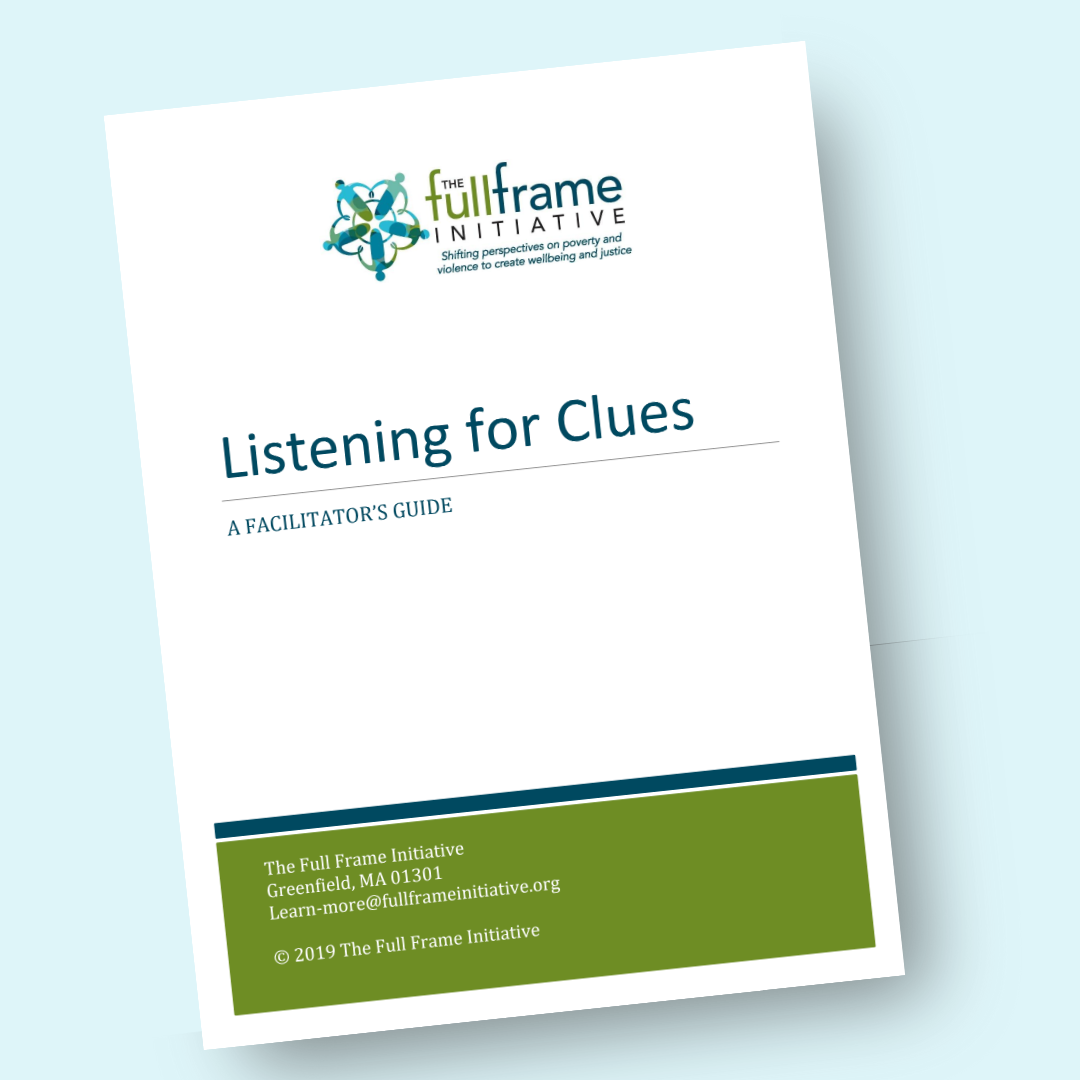
This guide is meant to help you pick up on clues in conversation with people about what is important to their wellbeing.
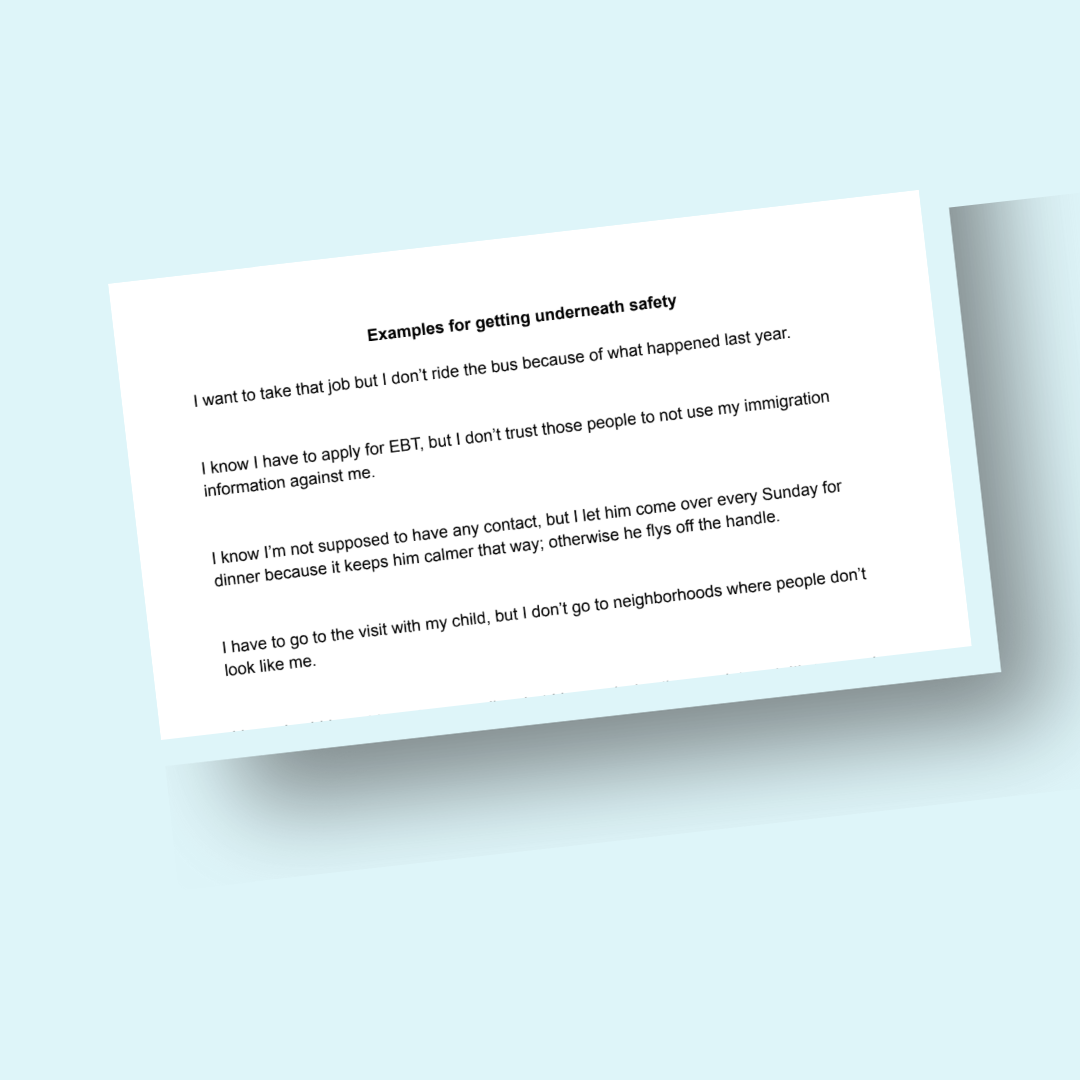
Examples of behaviors and tradeoffs that an individual may do related to the "Safety" domain.
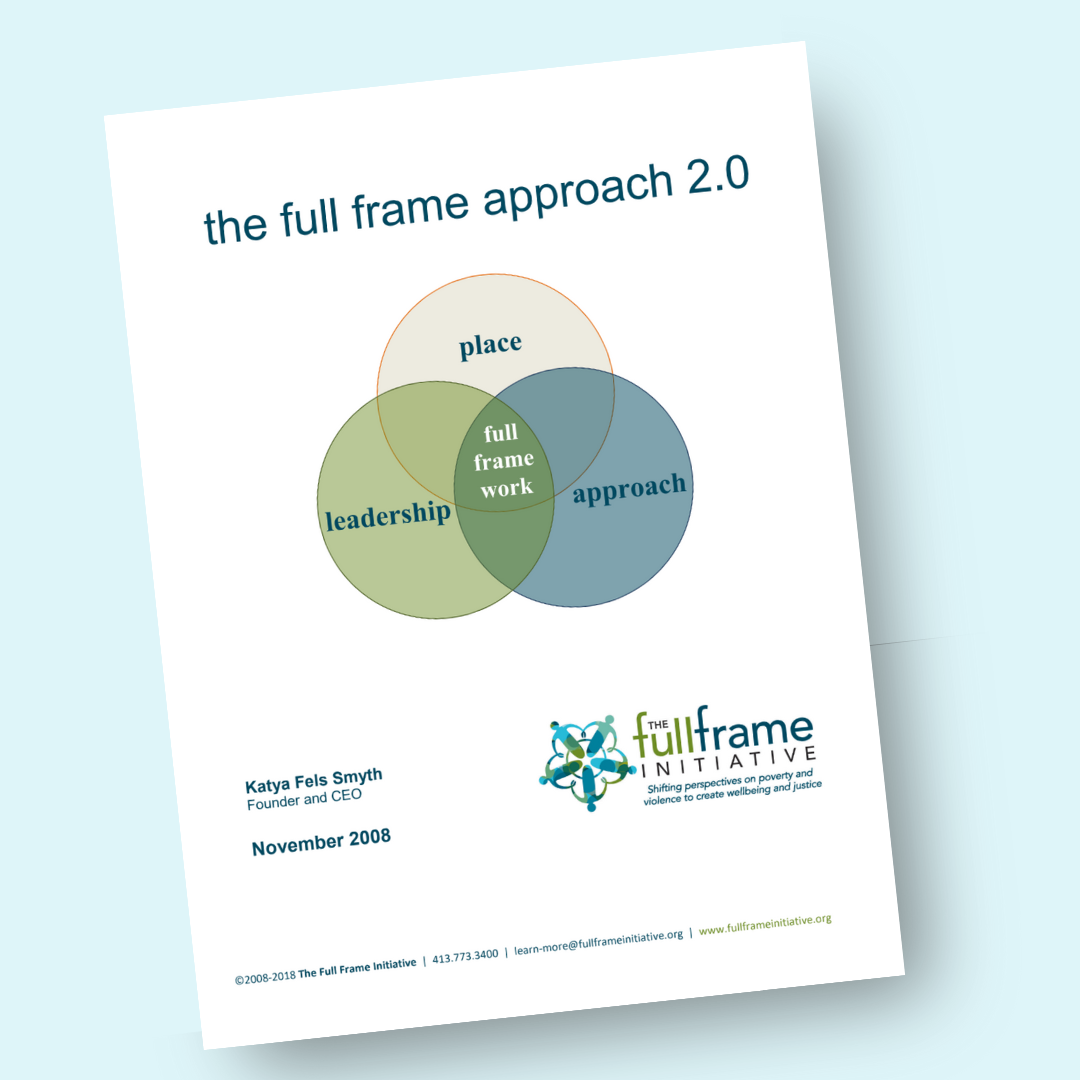
When organizations use and understand the welbeing framework, they have some principles in common.
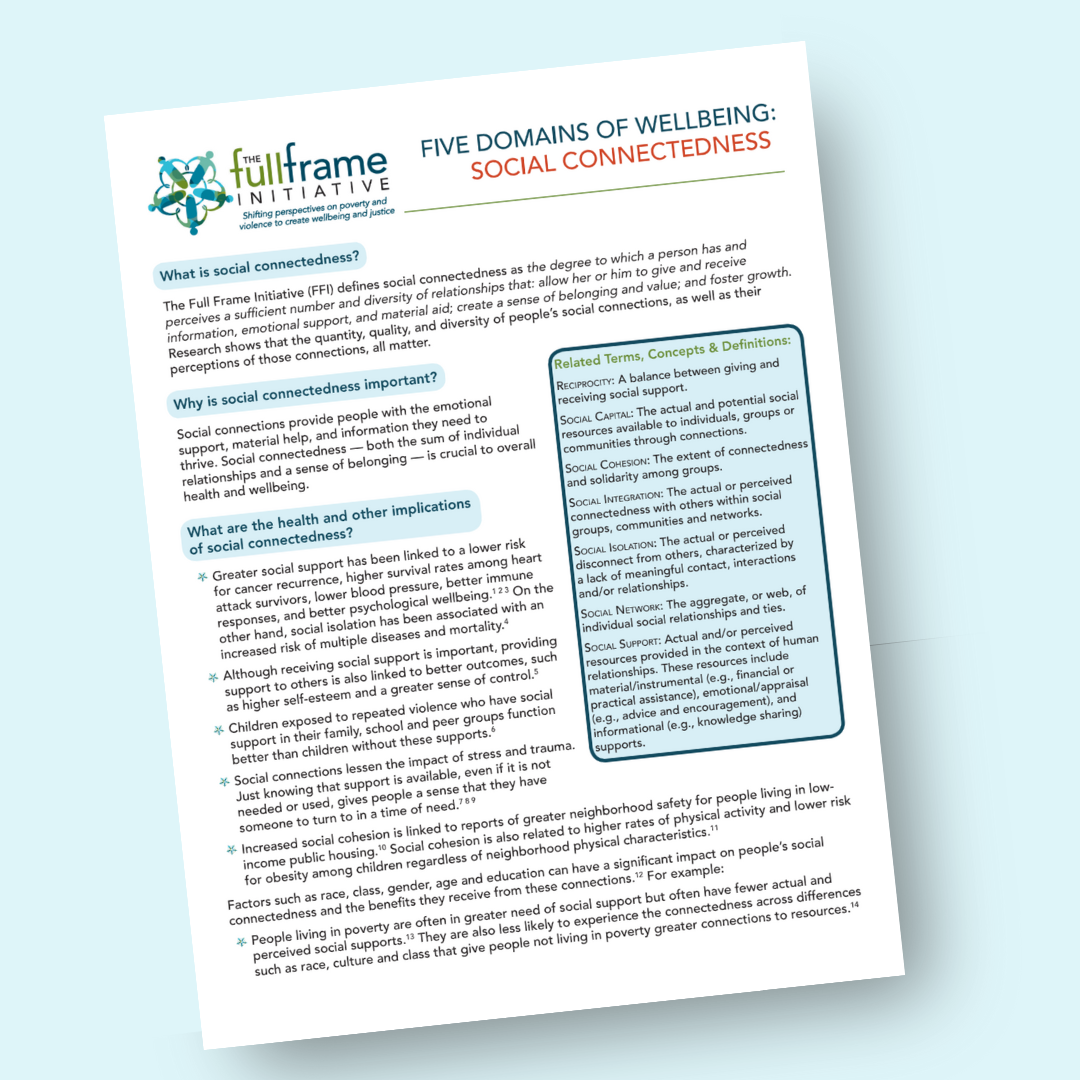
Overviews on each of the Five Domains of Wellbeing‚ what they are, why they are important, related terms, concepts, and definitions, relationship with health, and connections to other domains.
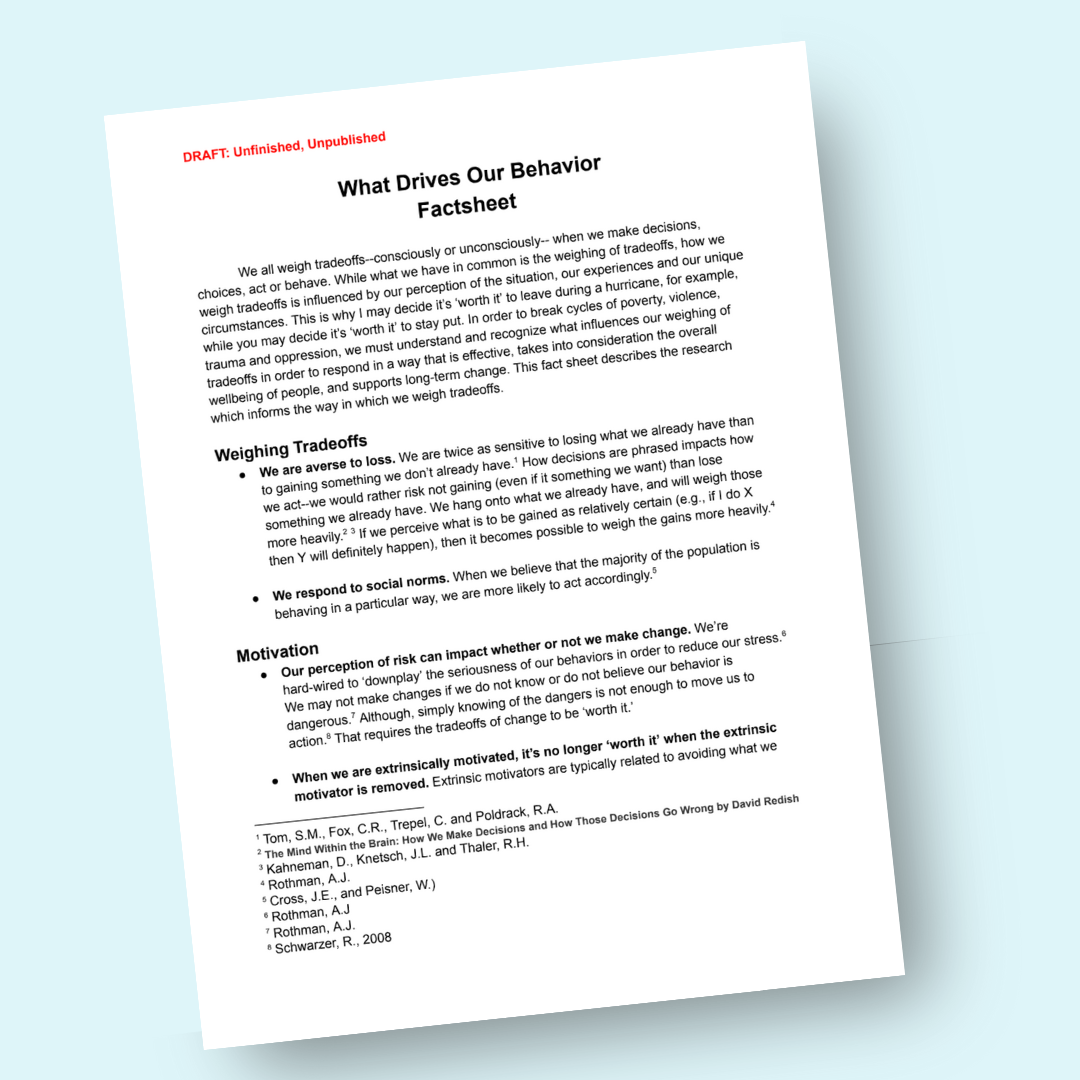
This document explores what drives behavior, analyzing tradeoffs, motivation, and strategies for sustainable behavior change.